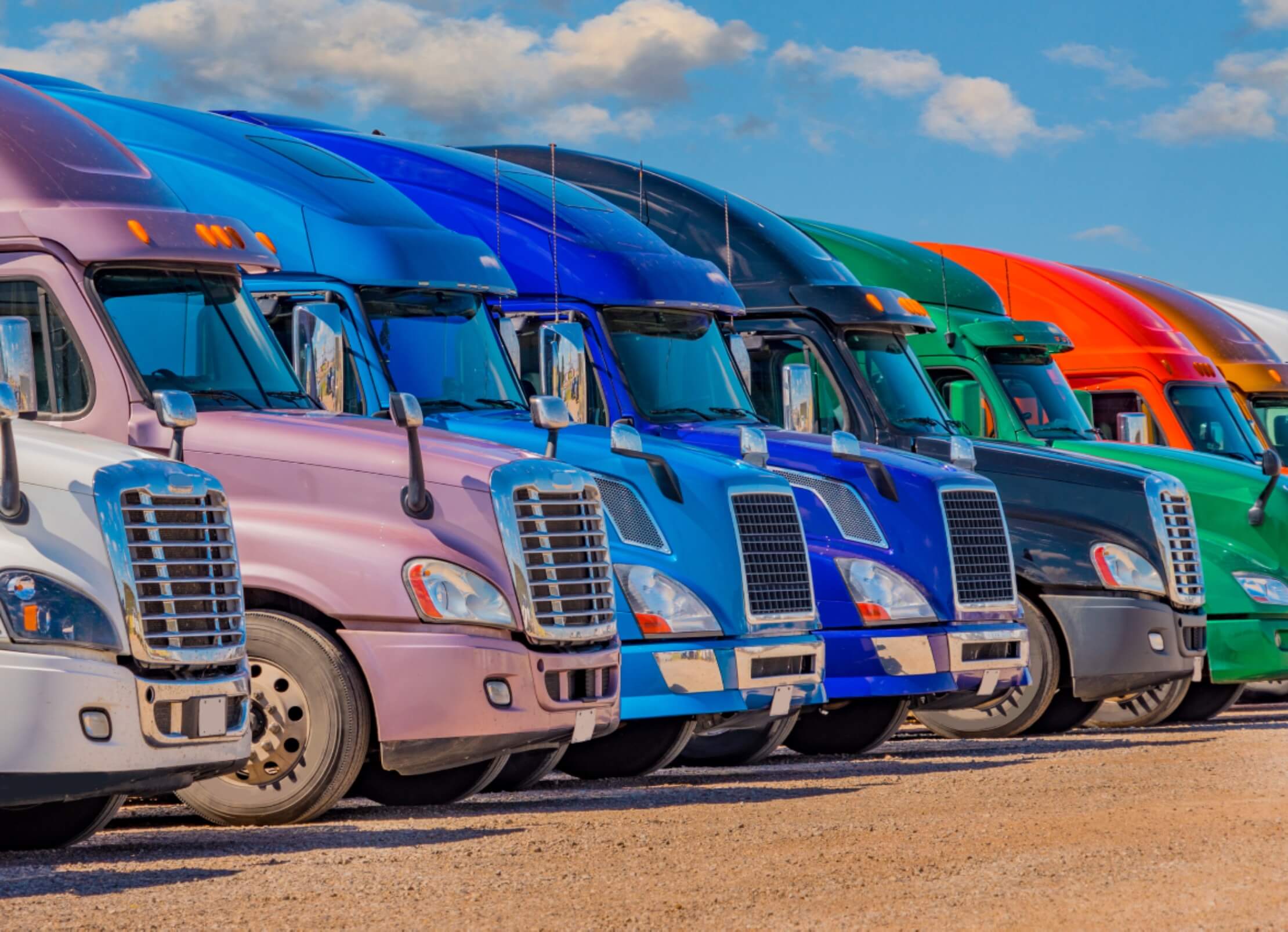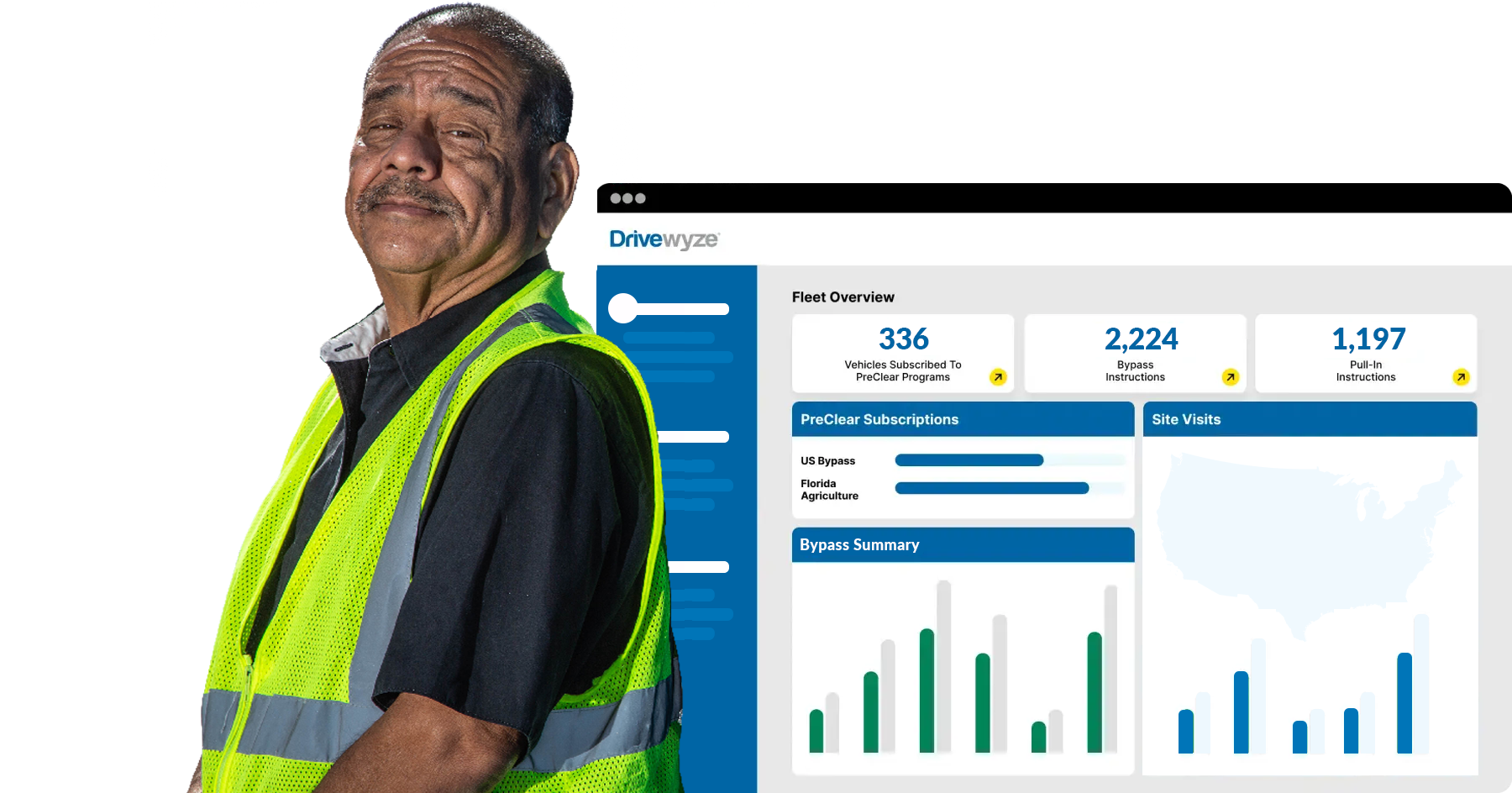Death and taxes are said to be the only things in life that are inevitable. Truckers know there’s a third that’s just as unavoidable — fuel. You can’t do your job without diesel in the tank, but you can do something about how much you’re paying at the pump. Here are six apps to help you find the best price per gallon.
Fuelbook (fuelbook.com)
Fuelbook offers several customized options. You can input a destination to find fuel along your route, select up to three states, select up to three interstates and sort by truck stop chain. You also can select types of services sought. Once a search by your selected criteria is started, the list of truck stops can be sorted by price, distance or price before taxes. Fuel prices are updated six times daily.
Google Maps (maps.google.com)
For those of you using Google Maps, most fuel pricing is now built right into your navigation and browsing. Simply open up your map, press the gas station icon for the latest pricing for each fuel type. An added benefit of Google Maps is the satellite view that shows an actual overhead image of the station and 360-degree views of the road so you can easily judge turnaround and parking space.
iExit Trucks (iexitapp.com)
As the name says, this app is made specifically for trucks. iExit guides you to trucker-friendly pit stops along any interstate. Along with fuel prices, you’ll find weigh stations, dealer locations, service centers, overnight parking, truck washes and even the nearest Wal-Mart.
Trucker Path (truckerpath.com)
A station might sell diesel, but that doesn’t always mean it’s a good fit (literally speaking). Trucker Path lists truck stops that are truck-ready, so you don’t have to worry about clearance. Along with constantly updated fuel prices, Trucker Path collects input from a community of more than 700, 000 registered users on the best truck stops, available parking nearby, weigh stations status, and more.
CoPilot Trucks (copilottruck.com)
CoPilot Truck is the only GPS navigation solution to offer industry standard PC*MILER truck-specific routing. Using customizable truck dimensions for height, length, width, axle and weight, drivers can calculate the optimal route that is both safe and legal, to avoid costly fines and vehicle damage. The restricted roads are highlighted in bright yellow and it loudly proclaims, if you take one, that you are on a restricted route and to please obey all local and state laws. CoPilot not only helps reduce fuel usage with less time wasted on out-of-route miles, but also provides accurate info on services and the best fuel prices along the way.
GasBuddy (gasbuddy.com)
When you’re back home and driving around town in your own personal vehicle, you still want the best prices — GasBuddy is one of the most popular apps when it comes to finding the best gas prices. Use it on your smart phone or the desktop in your office — just use it. Gas Buddy allows you to search the closest locations and sort by price or distance. It also will give you alerts to price changes. GasBuddy also lists prices for some select diesel purchases, and for those running Interstate commerce (or taking the family on a cross-country vacation), there’s also a “heat map” that displays average prices around the nation.
What about Fuel Taxes?
Now that we’ve given you some resources for finding the lowest prices at the pump, let’s take a closer look at the true cost of fuel: the pump minus the taxes. Every state assesses a per-gallon fuel tax, ranging from 19 cents a gallon in some states to more than 30 cents a gallon in others.
The miles you run in a state divided by your mpg equals the fuel tax owed in that state. If you’re not careful about where you buy fuel, you can easily overspend. On the other hand, planning your trip to take advantage of the states with the lowest tax rates can save on your bill.
To figure the true cost of fuel, simply subtract the state’s per gallon tax rate from the price on the pump. A posted price of $3.60 a gallon in Idaho looks great compared to $3.70 in neighboring Washington, but after subtracting the State Tax that’s handled through IFTA, you find Idaho’s price is $3.28 (.32 cent tax rate) compared to Washington’s $3.20 (.49 cent tax).
According to the International Fuel Tax Agreement (IFTA), each state gets its share of taxes based on the number of miles truck drivers run in a state. This isn’t a big issue if you only run in a few states, but if you run in many states, varying fuel tax rates can mean hundreds of dollars added or subtracted to your bottom line.
Daily state-by-state fuel prices and fuel tax listings are available through websites such as truckmiles.com.
ELD’s and Fuel?
Critical data on driver behavior and vehicle performance collected by ELDs provides fleet managers and owners valuable insights regarding the hows and whys of fuel consumption. Drivewyze partner Omnitracs reports that fleets employing their Performance Monitoring application see as much as a 12% increase in miles per gallon over the first year of use.
All ELDs that offer telematics connectivity — including those from Omnitracs, PeopleNet, Transflo, and Rand McNally, ultimately enhance a fleet’s ability to locate and purchase fuel at the lowest prices as they provide a constant communications channel between management and drivers.

Ready to Get Started?
Learn how North America’s leading carriers use Drivewyze to save money and improve safety.


